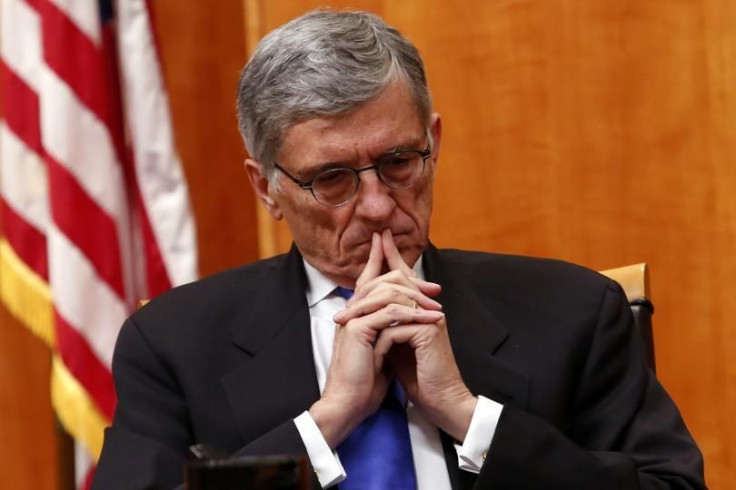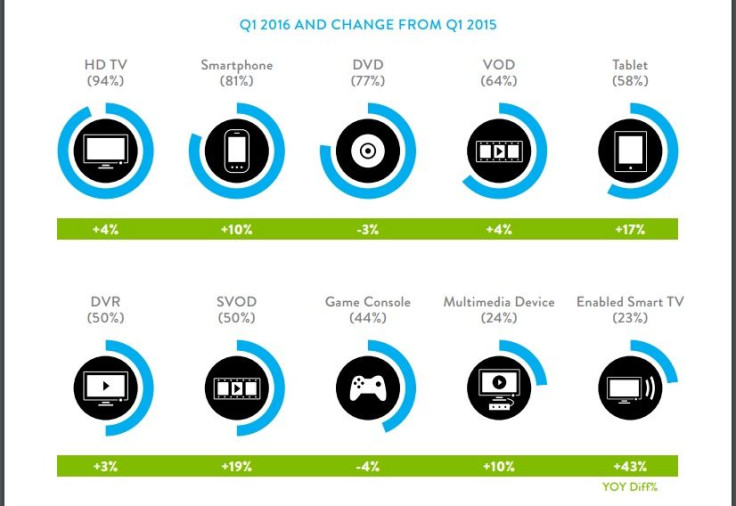Cable TV Set-Top Boxes Are Becoming Obsolete, So Why Is The FCC Trying To Regulate Them?

If you could get rid of that big plastic box on your TV set — the one your cable company charges you an estimated $241 a year for — odds are you would do so with extreme prejudice. Federal Communications Commission Chairman Tom Wheeler knows your frustration, and has been on the warpath against the cable industry, attempting to create regulations that would “unlock the box” and let companies like Google offer their own, theoretically better, versions of the traditional cable box.
But Wheeler’s plan might be too little, too late. According to new data from Nielsen, the American public is already well on its way to ditching the set-top box. There are still around 100 million households paying for TV in the U.S., but a growing number of them are opting to watch their TV through something other than a set-top box.

Nielsen says 23 percent of households now have a smart TV that connects to the internet. That might not sound too impressive, but it’s a 43 percent increase in a single year, from 2015 to 2016. And 24 percent have a connected device like a Roku or Apple TV, an increase of 10 percent over the same time period. The number of households with a subscription to a video-on-demand service like Netflix is now equal to the number with a DVR.
It took well over a decade for the DVR to hit the point where it was in more than 50 percent of homes. While smart TVs have been around since around 2010, the explosion in number of brands and availability of broadband internet, coupled with price declines, have made owning one of these fancy sets feasible for more people. And if you don’t have $400 for a smart TV, you can just nab a Roku, Amazon Fire TV, Apple TV, or Chromecast to lift your set’s IQ.
It’s not just that more people have these devices; they’re also using them more. The amount of time per week spent using a “multimedia device,” as Nielsen refers to Roku, etc., is now at one hour and 34 minutes. People in the 25-34 age demographic are far higher than that average, at two hours and 36 minutes, but those over 35 are also starting to devote more hours of their day to their TV-connected devices.
That throws into relief the ultimate futility of the FCC’s current push to “unlock the box.” Various FCC commissioners have raised this exact objection to Wheeler: “This proposal takes a 20th-century approach to a 21st-century problem,” Commissioner Ajit Pai told his colleagues in February, back when the specter of new regulations was raised.
© Copyright IBTimes 2024. All rights reserved.






















